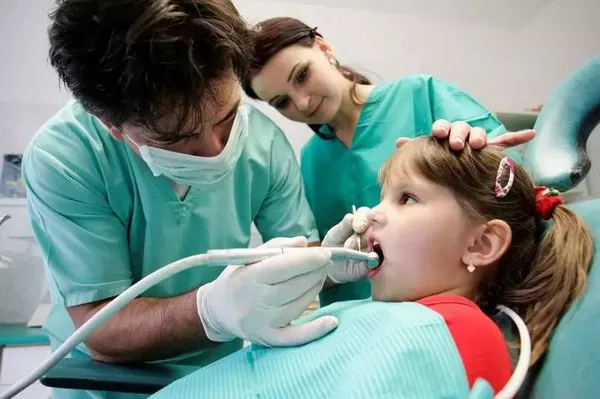Gum recession, characterized by the gradual loss of gum tissue, can have a significant impact on oral health and aesthetics. Receding gums not only expose the sensitive tooth roots but also create pockets where bacteria can thrive. Understanding the causes of gum recession is essential for preventing its progression and addressing the underlying factors that contribute to this condition. In this article, we explore the various factors that lead to gums pulling away from teeth, its implications, and steps to maintain gum health.
Gum Recession: An Overview
Gum recession, also known as gingival recession, occurs when the gum tissue that surrounds the teeth gradually moves downward or wears away, revealing more of the tooth structure. As a result, the tooth roots become exposed, which can lead to heightened sensitivity and an increased risk of decay.
Causes of Gum Recession
Several factors contribute to the process of gums pulling away from teeth:
Poor Oral Hygiene: Inadequate or improper oral hygiene practices can lead to the buildup of dental plaque and calculus (hardened plaque) along the gumline. Plaque accumulation can irritate and inflame the gums, contributing to recession.
Gum Disease: Gingivitis and its advanced form, periodontitis, are major contributors to gum recession. Inflammation from gum disease weakens the supporting structures around the teeth, causing the gums to recede.
Aggressive Brushing: Brushing too forcefully or using a toothbrush with hard bristles can damage the delicate gum tissue and cause it to recede.
Bruxism (Teeth Grinding): The repeated grinding and clenching of teeth, especially during sleep, can put excessive pressure on the teeth and gums, leading to recession.
Malocclusion: Bite problems or misaligned teeth can cause uneven pressure on the gums, resulting in recession.
Tobacco Use: Smoking or using tobacco products can restrict blood flow to the gums, making them more susceptible to recession.
Genetics: Genetic factors can influence the thickness and structure of gum tissue, affecting its resilience to recession.
Hormonal Changes: Hormonal changes during puberty, pregnancy, and menopause can make gums more sensitive and prone to recession.
Lip and Tongue Piercings: Oral piercings can irritate and rub against the gums, leading to recession in the area.
Teeth Misalignment: Crooked teeth or teeth that are not in their proper positions can create areas where gum recession is more likely to occur.
Implications of Gum Recession
Gum recession has several implications for oral health:
Tooth Sensitivity: Exposed tooth roots can lead to increased sensitivity to hot, cold, sweet, or acidic foods and beverages.
Decay Risk: Tooth roots lack the protective enamel covering, making them more susceptible to decay.
Periodontal Pockets: Receding gums create pockets between the teeth and gums where bacteria can accumulate, increasing the risk of gum disease.
Aesthetic Concerns: Gum recession can affect the appearance of the smile, making teeth appear longer and creating an uneven gumline.
Prevention and Management
Preventing and managing gum recession involves a combination of preventive measures, professional care, and lifestyle adjustments:
Maintain Good Oral Hygiene: Brush your teeth gently twice a day using a soft-bristled toothbrush. Floss daily to clean between the teeth and along the gumline.
Proper Brushing Technique: Use a gentle, circular brushing motion to avoid damaging the gums.
Professional Cleanings: Schedule regular dental check-ups and professional cleanings to remove plaque and calculus buildup.
Treat Gum Disease: If you have gum disease, seek professional treatment to prevent further recession.
Address Misaligned Teeth: Consult an orthodontist if you have bite problems or crooked teeth that contribute to gum recession.
Manage Bruxism: If you grind your teeth, consider wearing a nightguard to protect your teeth and gums.
Quit Smoking: If you smoke, quitting can improve blood flow to the gums and reduce the risk of recession.
Monitor Hormonal Changes: During times of hormonal changes, such as pregnancy, pay extra attention to oral hygiene and gum health.
Conclusion
Gums pulling away from teeth, or gum recession, can result from various factors, including poor oral hygiene, gum disease, aggressive brushing, and genetics. Receding gums not only impact aesthetics but also pose oral health risks such as increased sensitivity, decay risk, and the development of periodontal pockets. By adopting proper oral hygiene practices, seeking professional care, and addressing underlying factors, individuals can take proactive steps to prevent and manage gum recession. Regular dental check-ups and a commitment to oral health can help maintain healthy gum tissue, supporting a confident smile and overall well-being.
Related Topics:






























